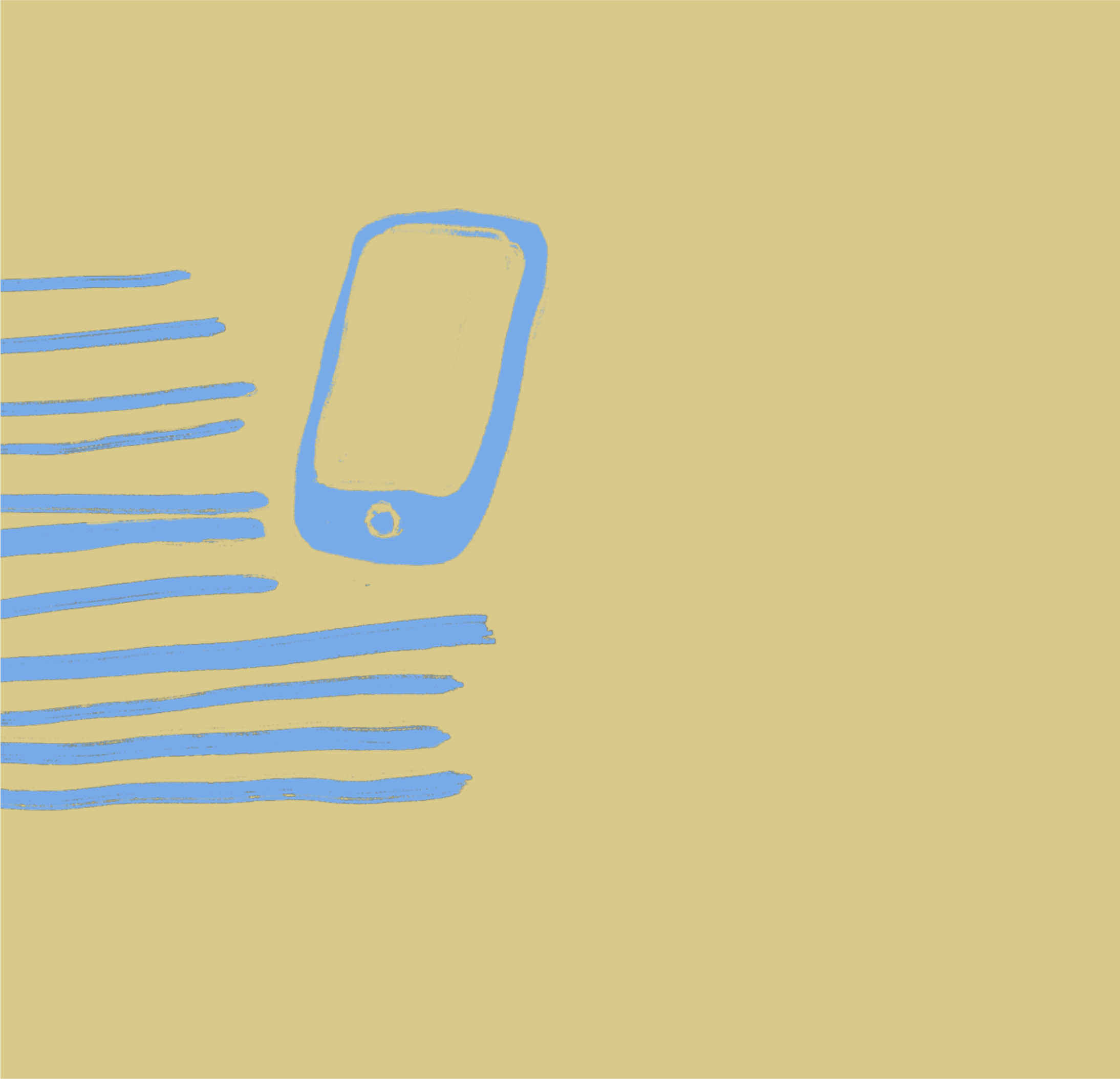Example:
After using sexual images, you might feel temporary relief, but later, you feel stressed and guilty for stumbling into your unwanted behavioral pattern again. This creates a negative cycle of avoidance and using material for sexual stimulation to cope with your feelings.
Strategies to Change After the Behavior:
Reflect on the consequences
After the behavior, take a moment to assess how you feel and what the consequences are. Understanding the negative impact (like increased guilt or distance to people you love) can motivate you to put more effort into avoiding the behavior next time.
"What are some of the costs of continuing this behavior, and how do you feel about those consequences?"
Acknowledge how the behavior can provide immediate emotional relief.
Be empathetic and forgiving with yourself to explore why the behavior seems appealing despite long-term negative consequences. “It makes sense that I would do that, because it feels good in the moment.”
Dealing with setbacks
Change is a process and part of recovery – how can I support myself if I relapse? How can I learn from setbacks instead of judging myself?
Celebrate a Farewell party
Behavioral change may involve sacrifice and saying goodbye to easily accessible short-term pleasures, and it takes a lot of strength. Having the strength to resist can be something to be proud of and feel good about, reinforcing the positive trend towards conscious decisions against harmful behavior. A ritual or a party can help to celebrate your strength and say goodbye for ever.
Appreciate small victories
If you were able to intervene and stop using, even for a short time, celebrate that progress. Reinforce positive outcomes, like feeling a sense of accomplishment or calm after taking small steps toward the goal.
Learn and adjust
Use the insights gained from this experience to adjust your strategies moving forward. For example, if the unwanted behavior led to increased guilt, make it a goal to resist earlier next time to avoid a similar cycle.
Identify your own reasons for change and write down how changing the behavior would improve your personal life, your satisfaction, your self-image and align with your personal values. Think about where you are and where you want to be.
Create new routines
- What alternatives could I try to fulfill my needs?
- How could I cope with stress, loneliness or boredom differently?
- Which healthy activities will make me feel good in the short term?
- Which activities or social interactions could bring me more fulfillment in the long term?


